As said in Disney’s 2007 film Ratatouille, anyone can cook. Even if you don’t have the skills, experience, or Michelin Stars like Gordon Ramsay or Jamie Oliver, being an amateur or home cook without formal training does not mean you can create delicious meals in the kitchen for yourself or anyone you’re cooking for.
But if you want to be an even more efficient professional in the kitchen, a lot of it has to do with the cooking and food preparation techniques you might want to start using, techniques you ought to stop using, and techniques that, though are technically correct, can be done more efficiently when you adapt to a new way of doing it.
What to Start
Start Labelling Your Frozen Meat and Leftovers
Refrigerators provide the convenience of safely storing your raw meat for weeks, a luxury that did not exist in the past. However, from shopping for your meat up to storing it in your freezer, you’ll want to take care of the cleanliness and safety that can be affected by improper handling.
Proper meat handling starts the moment you purchase your meat. Frozen meat should be the last thing you put in your cart before heading to the cashier. If you put your meat in the cart first and then proceed to go around the store to buy the rest of your groceries, you allow the meat to defrost and eventually reach room temperature.
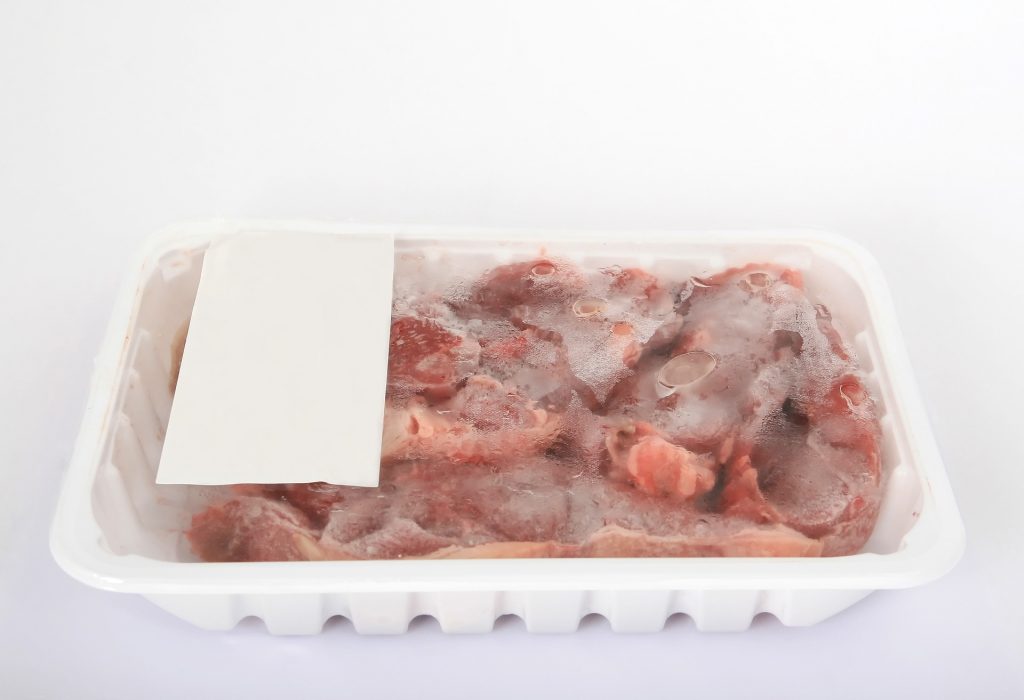
If you have frozen goods on your list, make it a priority to go home and reach your freezer within two hours (or an hour if you live in areas where the temperature is above 90 °F (32.2 ºC). While temperatures in most freezers vary, your freezer should be at 0 °F (-17.7 ºC) or below to prevent bacteria on your meat from thriving. Keep the meat in their original container or securely wrapped to prevent cross-contamination as well as freezer burn.
The United States Department of Agriculture’s Food Safety and Inspection Service recommends cooking frozen meat within two to five days, but meat, if handled and frozen properly, can have a shelf life of up to one year. To ensure you know how long frozen meat has been sitting in your freezer, start the habit of labeling your meat packages with the date you purchased it.
Start Batch Cooking
One good way of cutting down leftovers and only buying enough ingredients for your meals is to practice batch cooking. This is a relatively new method for people on the go who don’t have time to cook a new meal every night but avoid eating out. It keeps the costs down since, technically, you’re cooking in bulk. Not all meals can be made into batch cooking because, as time passes, some meals may not taste as good as it was compared to eating it a day after cooking.
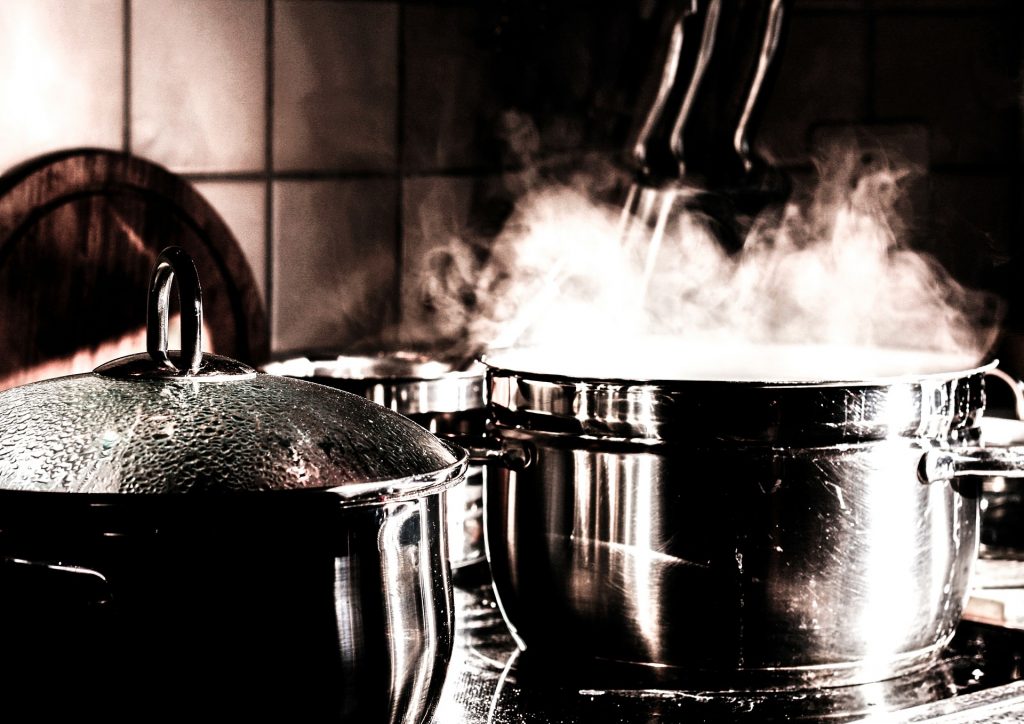
Most batch-cooking-friendly meals are saucy dishes and meals that won’t go dry in your freezer or fridge. Meals like chili, ragu, curry, Bolognese, and salads are filling but won’t dry up when stored properly.
Have Separate Chopping Boards
If you want to avoid cross-contamination during food preparation, invest in more than one chopping or cutting board. While you could always wash, dry, and reuse one cutting board, you may be tempted to simply wipe off any remains of raw meat and seafood which could leave bacteria, especially if you’re in a rush to food prep. Instead, use one for raw fruits and vegetables, one for raw meat, and one for cooked food you plan to serve.
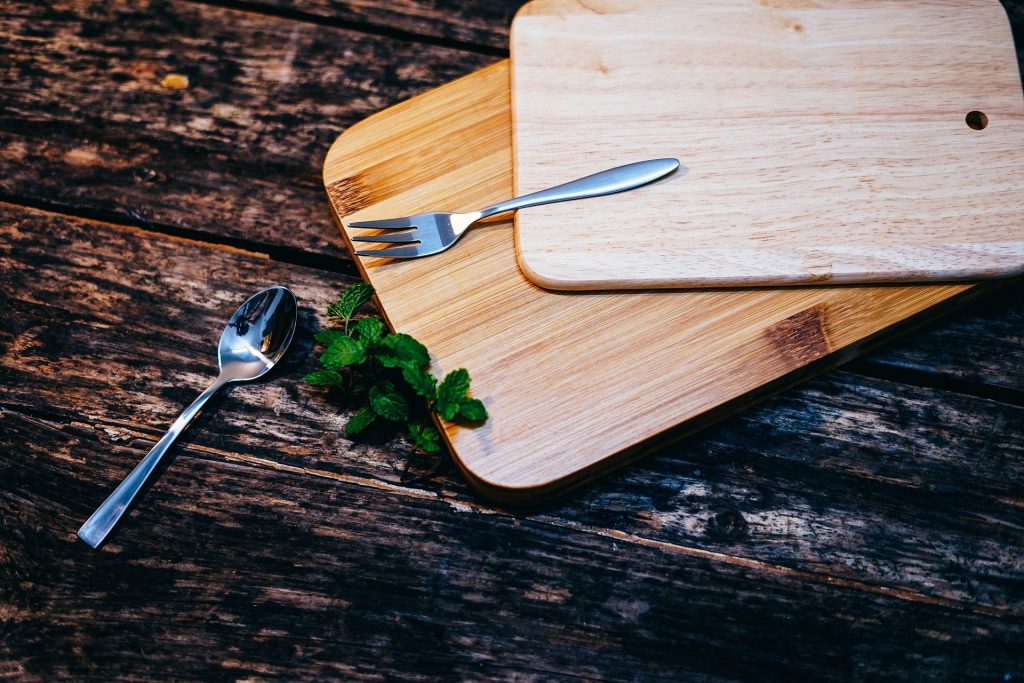
This concept also applies to plates, utensils, and other items used in the kitchen. Use separate plates and utensils when handling cooked and raw meat. For example, if you’ve used a plate to carry raw beef patties to the grill, don’t use the same plate to put the cooked patties back unless it’s been washed and dried properly. Otherwise, you risk the residual bacteria the raw meat left on the plate back onto the cooked meat.
What to Stop
Washing Raw Meat
If you have a habit of washing meat in water before storing it in your freezer of before you cook your meat, you might want to rethink this as it doesn’t totally clean meat but only increases the risk of contamination.
The USDA Meat and Poultry Hotline does not recommend washing meat. As mentioned earlier, raw meat is crawling with bacteria, but not in large amounts that wouldn’t die out after it is properly cooked. Washing raw meat in water can get rid of some of the bacteria and some debris visible to the naked eye, but there is still some bacteria so attached to the meat that it won’t come off no matter how long you have it clean it water. Because of such a low chance of totally cleaning meat, washing raw meat in water creates a cross-contamination hazard due to bacteria spreading in the water.
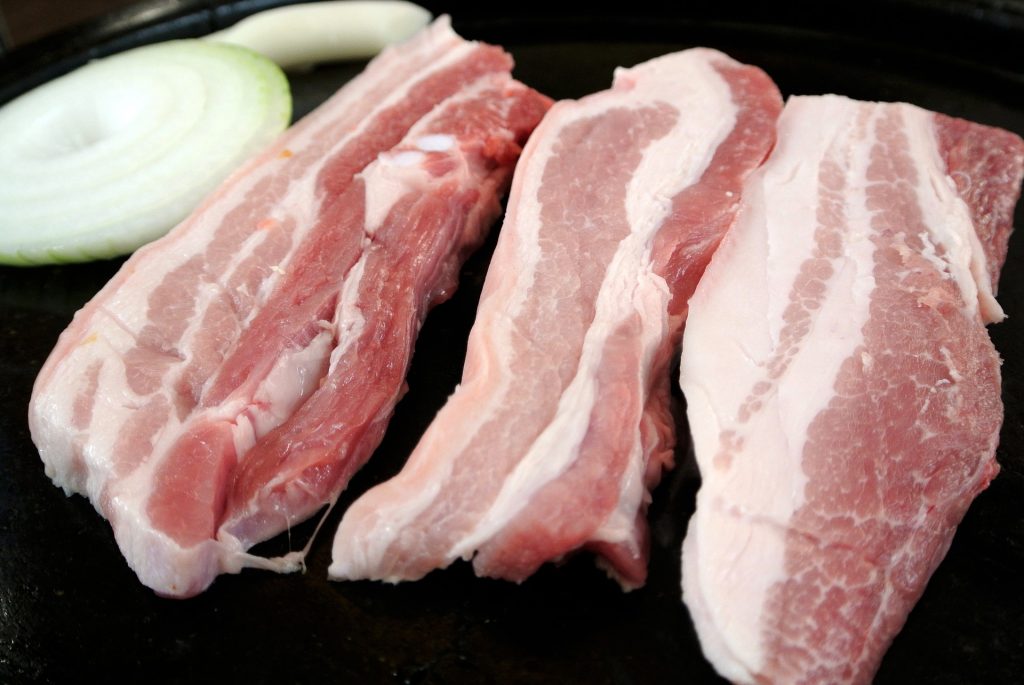
If you wash raw meat, where does the water go? If it drops directly on your sink and down the drain, it’s relatively safe because some of the bacteria goes down the drain and you can avoid further contamination as long as you properly clean the sink after washing meat. But if you happen to accidentally splash water mixed with meat juices and bacteria, there’s no telling where that water will land in the kitchen. At best, it lands on your apron which you can easily wash. At worst, it could splash at the other food items, utensils, and surfaces around the kitchen, causing cross-contamination.
Because of the high risk of contamination, cleaning raw meat with water does more harm than good: it won’t get all the bacteria out, but it will risk spreading the bacteria around the kitchen which can lead to spreading food-borne illnesses.
In reality, you don’t need to rinse your meat because the cooking process kills the bacteria. As long as the food is cooked properly and at the right temperature, you won’t have a problem with unwanted bacteria infecting your food. Washing will only increase the risk of spreading bacteria around the kitchen.
Putting All Your Vegetables in the Fridge
You might treat vegetables and some fruits the same way you treat your meat and think that all vegetables need to be placed in the fridge. After all, that’s what the vegetable compartment in your fridge is for, right? But, in truth, not all vegetables need to be in the fridge to stay good and safe to use for dishes for a long time.
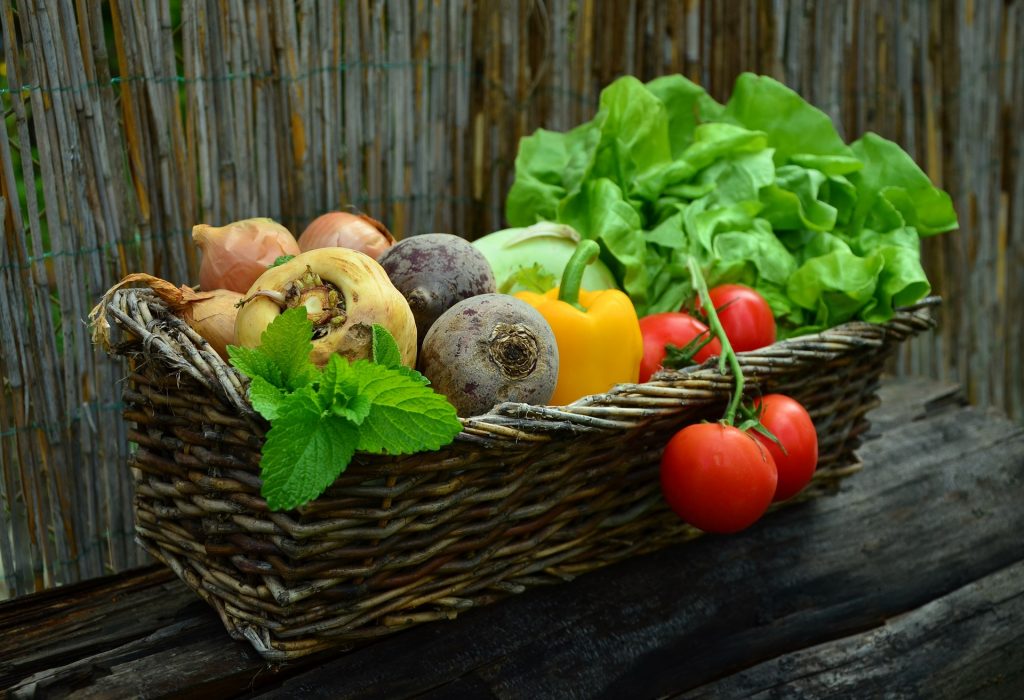
If you’ve ever been to a supermarket, you may have noticed that the produce section is close to the items like butter and cheese that are kept in fridges. You might have also noticed that while some vegetables are kept in the cold section, most of the vegetables are displayed in room temperature sections without any special kind of air conditioning. That’s because not all vegetables require refrigeration, and some veggies may even spoil faster if kept inside your fridge. Some common examples include:
- Tomatoes – Leave it out of the fridge. Have you ever noticed that if you leave a tomato in your fridge’s vegetable compartment for a long time, it starts to shrivel up a bit and doesn’t look as fresh as it once was just a few days ago? That’s because tomatoes aren’t meant to withstand cold environments like most compartments. Refrigeration affects the chemical compounds inside the tomato, making it dry. Leave your tomatoes out of the fridge, but consume it immediately when it turns ripe. The hotter your climate is, though, the faster your tomatoes ripen.
- Tropical fruits – leave it out of the fridge. These include your kiwi, lychees, and mangoes, but also vegetables you didn’t know fall under the fruit category such as cucumbers, eggplants, and peppers. These fruits can withstand warm temperatures which is common from where these fruits originated. If left in a cold place like a fridge, its insides can easily go soft and develop pitting.
- Onions and garlic – leave it out. This applies to all forms of onions (e.g. red onion, white onion, scallion, and shallots), garlic, and any vegetable that falls under the allium genus. Their flavors thrive in cool and dry places, and you may notice that keeping them cramped in a fridge can lead to dulling their flavor or making it shrivel up. Avoid leaving your onions and garlic in plastic bags and keep them in mesh containers or in places where they can breathe.
- Leafy greens – store it in the fridge. As much as possible, you should consume leafy vegetables as soon as possible to consume it while it’s fresh. But if you want to extend its shelf life for a few days, keep it inside the vegetable compartment.
- Root vegetables – except for potatoes, leave root crop like carrots and beets in the fridge. Potatoes do not do well in cold temperatures, though, and should be kept in a dark, dry place in your kitchen.
- Mushrooms – in the fridge, but keep them away from any moisture as it can make them slimy. Do not wash them before putting them in the fridge as it can absorb the water and be difficult to dry out.
Taking the Expiration Date Seriously
If you want to reduce the amount of food wastage you create, it’s time to stop taking all expiration dates seriously. Because the date that is written on any food item may not actually be the date that product is not safe to eat. In fact, you might have been throwing out perfectly good food (and wasting money in the process) if you’ve been following dates seriously.
The only food items required by federal and state laws to have an expiration date by the very definition we know it (that food is no longer safe to consume after a certain date) are baby foods, baby formula, and some dairy products. Everything else? It’s completely voluntary. Most food manufacturers only put expiration dates as a legal disclaimer: should you decide to ignore the date stamped on the food product, you cannot sue the company if you ever get sick from consuming their food after the date.

It may seem like a risk, but in reality, a lot of food is still safe to consume long after the usual expiration date. When businesses stamp a date on their products, the date they put is not always the date their food goes bad. Rather, it’s the latest date they can guarantee that the food will still have the same quality they want you to associate with their product. After that date, some products are no longer as crunchy or as crispy as they were made, but it’s not unsafe.
To get an idea of whether or not your food items are still good, look at the way manufacturers word the date written on the product. You’ll find that they don’t say “expiration date” because they know the food may still be safe to consume after the date. Take note of phrases like these:
- “Sell by” – This is meant for the store putting the products on display, not for the people purchasing the product. After the sell by date, the product is not as fresh or has the same taste as it usually has. It’s not the best quality, but it is still edible.
- “Best used by” or “best before” – This is for the consumer to determine the product’s quality and flavor. After the date, it is still edible, but it would have tasted better if it were eaten at an earlier date.
- “Guaranteed fresh” – This is often used for bakery items or goods that go bad fast. After the date, it is still edible for a few more days, but it may not be as fresh. If you’ve ever eaten stale bread anymore, you know that it is safe to eat, but not as delicious.
- “Use by” – This is the last date the manufacturer thinks the product will hold its quality. After the date, it will not be as good and it may expire fast, but the manufacturer is not liable for anything that may happen if you ignore this date.
- “Pack,” “packed on,” or manufacturing date – This is used by canned goods or products with long shelf life. It doesn’t matter when you buy the product or how long the store displays the product because it’s highly likely that the product will be bought and consumed way before its expiration date, which is also placed next to the manufactured date. However, in cases such as people storing canned goods for emergencies, knowing how long the product has been stored can help manage expectations in terms of freshness.
Improperly Seasoning Your Meat
One mistake home cooks and those new to cooking make is thinking that all meats – be it pork, beef, chicken, or fish – are all seasoned the same way with the same amount. However, while some meat like thick cuts of beef can use a lot of table salt sprinkled on it to bring out its flavor, salty fish like dory will need less salt. There are plenty of seasonings you can blend to enhance the flavors of your meat, but for now, we’ll focus on the basic seasoning: salt and pepper.
For starters, use an appropriate type of salt. A teaspoon of iodized salt is not the same thing as a teaspoon of table or kosher salt, so if you’re following a recipe that calls for a tablespoon of salt, make sure to find out what kind of salt the recipe calls for to avoid over seasoning or under seasoning your meat.

While salt brings out the flavor, black pepper brings out the heat. You can buy three kinds of pepper in your local supermarket: whole, crushed, and powdered. Whole and crushed may be used for cooking, but take note that pepper that’s already crushed won’t have the same flavor as freshly crushed black pepper. Powdered pepper is usually for when people want to add more flavor to cooked food.
When preparing your meat, always add salt before cooking. Let it marinate for at least 10 to 15 minutes before cooking, but if you’re marinating your meat with more juices and spices and want the flavor to seep in, you may have to have it marinated overnight. No matter how many spices and herbs you use, though, salt is almost always a necessary seasoning for every dish.
As for pepper, you can choose to add it in before or after cooking. If you add it before along with the salt and other spices, you can taste the pepper, but it’s not as strong due to the heat from the cooking process. If you add pepper right before having it served, the flavor of pepper is much stronger since its oils are still fresh.
Food Preparation: Overview
Unlike other animals that eat simply to survive, humans are probably the only species to eat to survive and enjoy their food. If we were to look at food consumption in a more survivalist way, we would only need to cook meat without seasoning or eat a plant-based diet without performing other steps to make it taste better.
Yet, we know tens of ways to cook a chicken leg and what to do with it before we cook it and make it safe to consume. The steps we take in between acquiring the chicken and cooking the chicken is what we call food or meal preparation. It’s a wide range of steps that affect both the flavor of the food and how safe it is for consumption, and it can vary greatly between cultures and cuisines.
Meal Preparation Done Right
If done properly, your meal should be clean and safe from consumption because your food handling prevented your ingredients from spoiling. It should also taste good because you took the necessary steps to season the food or add the necessary ingredients to balance out each flavor component of the dish.
According to social anthropologist Jack Goody, food preparation is the third step of providing and transforming food. While you might think of it as simply defrosting your meat and chopping your vegetables, food prep is actually much more complicated than that and actually starts the moment you come home from the supermarket and put away your food. After all, if you leave raw meat on your counter and leave it there until you need to cook it for a meal two days later, you’re definitely going to get food poisoning because you failed to preserve and store the cleanliness of your meat.
When Meal Prep Is Done Wrong
On the other hand, when performed incorrectly, you can get either of the two (or both): spoiled food that could give you and anyone who consumes your meal food poisoning, or food that, although safe to eat, is not as good as you’d like it to be.
Food poisoning occurs when you eat contaminated food filled with bacteria, viruses, parasites, or toxins that can upset the natural environment of your digestive system. Whether you buy your meat at a local butcher or at your supermarket, there’s going to be some amount of bacteria on it, but proper meat handling until it is cooked and consumed won’t lead to these bacteria becoming particularly dangerous to consume. Improper meat handling once you bring it home, however, can lead to the bacteria growing to a certain amount where it’s no longer safe to eat. This isn’t just limited to meat and can also apply to other food items like fruits, vegetables, and other animal-based products.
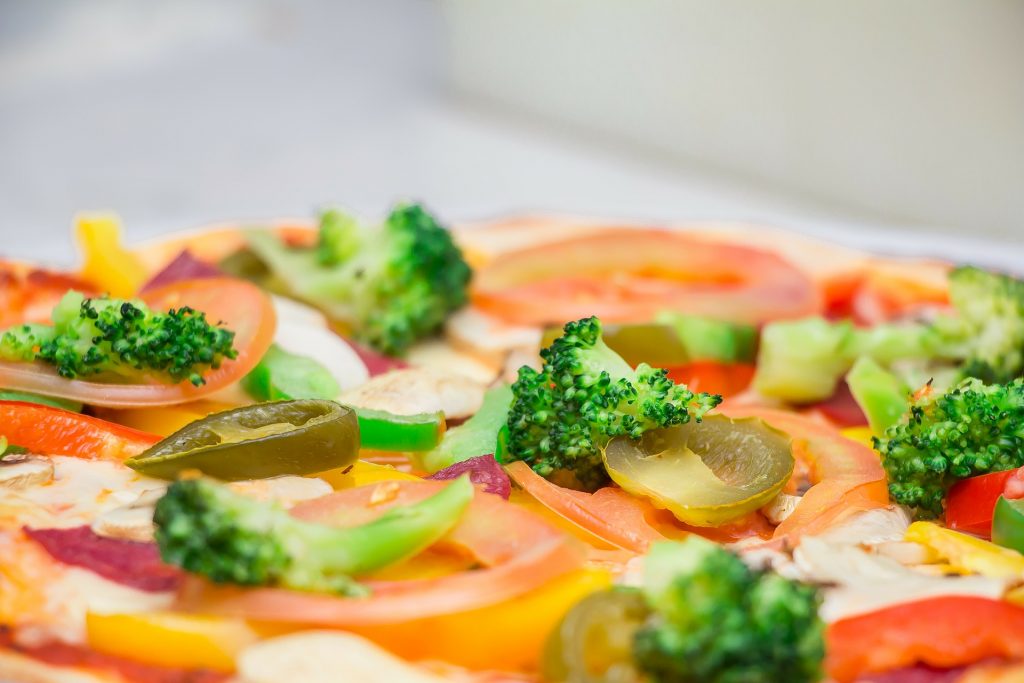
In most cases, a person experiences dehydration, nausea, vomiting, and a fever as the body tries to fight off the bacteria that has entered the body. Average food poisoning can last up to a few days, but more serious cases with bloody stools and muscle weakness will require doctor’s attention because there may be a serious contaminant that is difficult to leave the body.
Another less serious effect of failed meal preparation is a decrease in flavor quality. If you don’t season your food properly or fail to perform the right steps prior to cooking your food, you may not be making the most out of your food’s flavor potential.
Everything I’ve just mentioned as steps you need to start and stop doing are just the basics of food preparation that a lot of people seem to forget when they’re in the kitchen. The basics of food preparation can not only save you money, time, effort, and you and your household’s safety when you consume food made in the kitchen. Avoiding food wastage, cooking by the batch, and properly sorting your food can help you save time and money and prevent throwing away or spoiling perfectly good food too fast. And keeping food like meat properly seasoned and stored can prevent food poisoning or spreading bacteria that can be harmful to your household.
These are simple tips you should know if you want to work efficiently in the kitchen. By knowing how to handle your food safely and understanding the best way to store, season, and prepare your food prior to cooking, you can enjoy food that is safe to consume without any of the risks of contamination.






